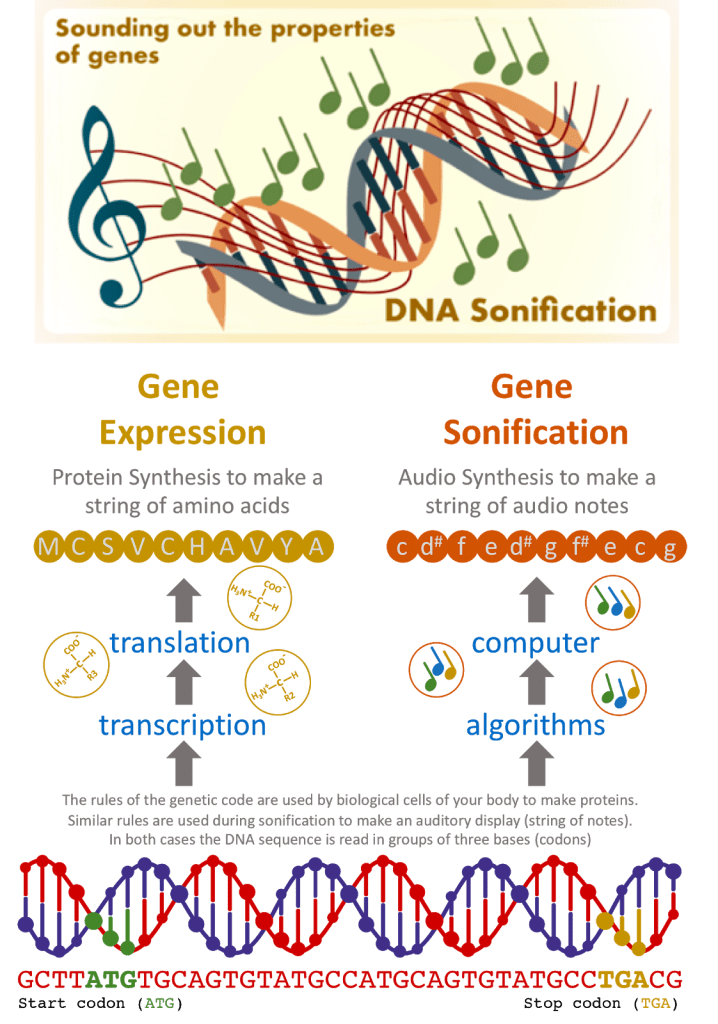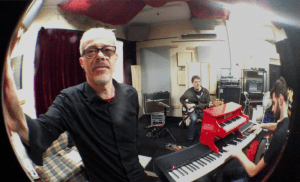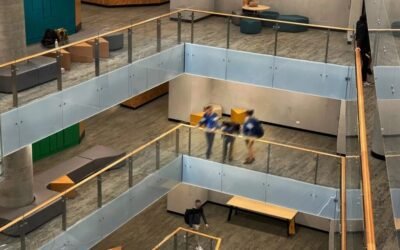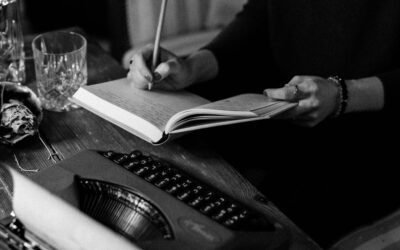Being in love with two things at once requires a lot of time and commitment, but what if you were able to bring them together and experience both at the same time.
Dr Mark Temple, who is a molecular biology lecturer at Western Sydney University and a former drummer for the Sydney native pop band The Hummingbirds, has recently found a way to satisfy both of his yearnings for music and science through the use of sonification. Sonification is when you utilise data analysis to create sounds.
Dr Temple began his musical endeavours in 1982, forming a band called the “Green Bug-Eyed Monsters.” He left the band in 1986 to focus on completing his honours at the School of Biochemistry and Molecular Genetics at UNSW. He returned to music in 1987, renaming the band the “Hummingbird,” in which he tried to perform and study at the same time. Soon he found this too difficult and gave up his studies to focus on his musical career. He then left the band five years ago and ended up doing a PhD in molecular biology.
It was when Dr Temple joined Western Sydney University as a lecturer, he thought of combining music and science, as they are both large interests in his life, thus beginning his journey into his discovery of sonification.
“Coincidentally, I became aware of Roger Dean at the Marcs Institute here at WSU and noted he was a Research Professor of Sonic Communication, this intrigued me since I knew he was a highly regarded scientist at the Heart Research Institute. Anyway, I came up with the notion of creating audio from DNA sequences based on what I knew about molecular biology, I showed Rodger what I was doing just to see what he thought of it and he was quite encouraging,” notes Dr Temple. Dr Temple utilises this form of music making to create rhythms through DNA sequence analyses, thus it depends on biology on what sounds will be produced. For example, a mutation in the DNA can completely change the rhythm/data analysis thus affecting the sound.

Dr Temple states, “This is not meant to be music – it’s an audio display of science data and you can hear a mutation at 13 seconds into the piece! But it’s almost musical because the DNA sequence used is quite repetitive with it’s A, T, G and C bases! Additionally, it sounds a bit musical because Mark chose to use the sound of musical instruments to sonify the DNA rather than beep and bleep noises. If you want to listen to more sequences there are lots on the DNA Sonification website.”

This photo was taken at rehearsal where the newly assembled band were playing along to the computer generated audio derived from DNA sequences.
Due to Dr Temple fascination with sonification, he has given talks and performances on this new found musical fusion. This includes Vivid Sydney last year (Making Science Beautiful), in which he was asked, unexpectedly, to perform by Inspiring Australia and most recently he performed at the National Science Week at The Joan Sutherland Performing Arts Centre in the event titled “The Sound of Genres”.
“Exploding Plastic Inevitable Gene Expression Experience” performed by Mark (guitar), Paul Smith (lecturer at the University of New England on Piano) and Peter Veliks (Bass).
Dr Temple said “Playing along with the audio was challenging and led to some chaotic and dissonant passages interspersed with some more musical inspired compositions “, in regards to his performance with Dr Paul Smith and Peter Vielks. As they gave their performance, Mark organised an animation molecular structures created by Drew Berry, who is a Melbourne based scientist to give context of what they are performing.
Sonification has allowed for Dr Temple to both experiment with music and his research in molecular biology as he defines this as the intersection between science and art. Dr Temple’s articles and works have been published in Nature Blogs (USA), The Conversation (Australia), National Geographic (New Zealand) and Netzpiloten (Germany). An auditory display tool for DNA sequence analysis is also produced by Dr temple, showcasing his research and findings on sonification.
The sound of DNA, although it is not music as Dr Temple has stated earlier, is extremely one of a kind and surrealistic. Although Dr Temple has no immediate plans to perform his science and musical fusion, he does have a soundcloud where you can listen to the groovy scientific tunes created by DNA analysis. If you wish to see this form of music live, Dr Mark intends to promote his next and upcoming events on student pages.As Dr Temple also said, The sonification is informative about the nature of the DNA and can distinguish a possible gene coding sequences from a repetitive DNA sequence or non-coding RNA sequence. The sonification may be a useful teaching tool to show how Gene Expression occurs”.



